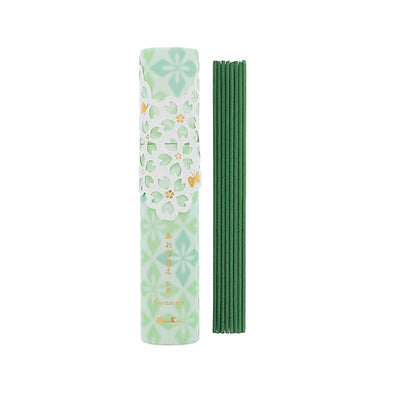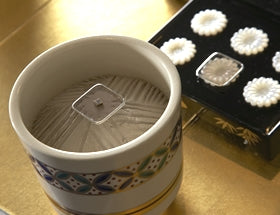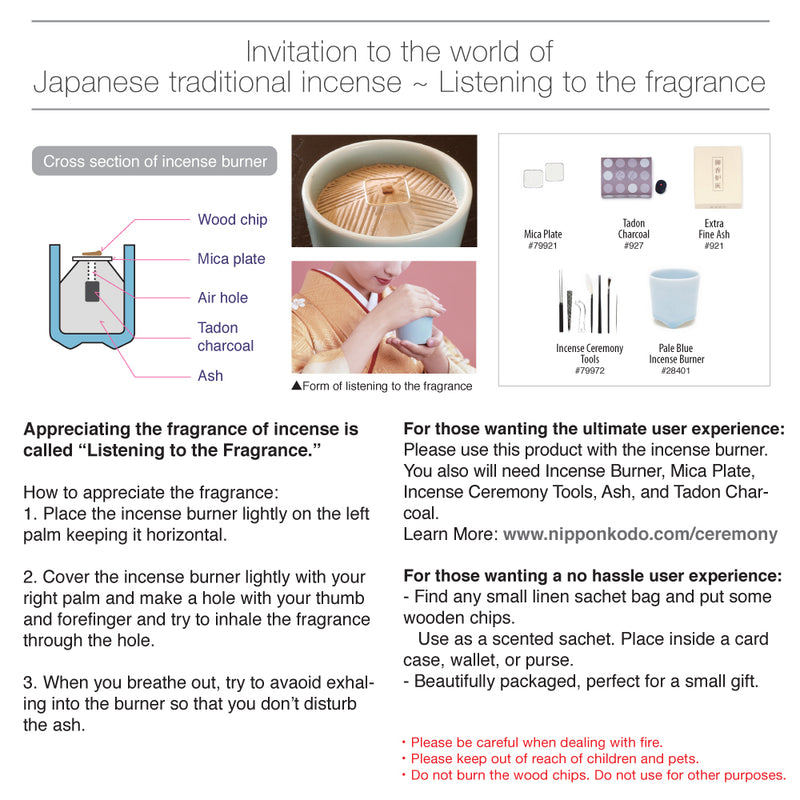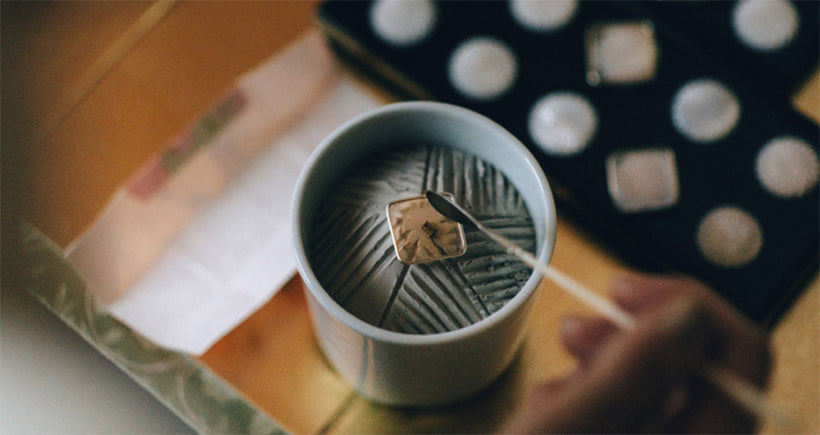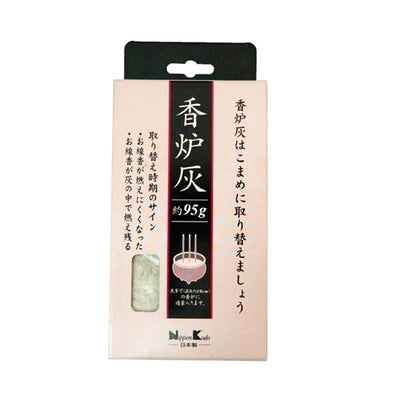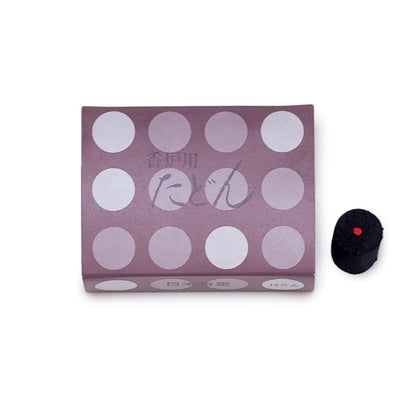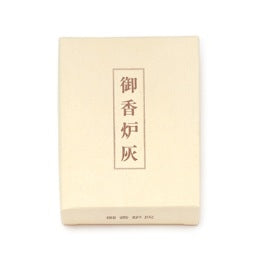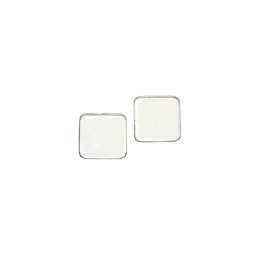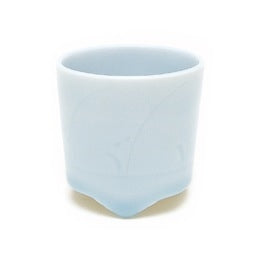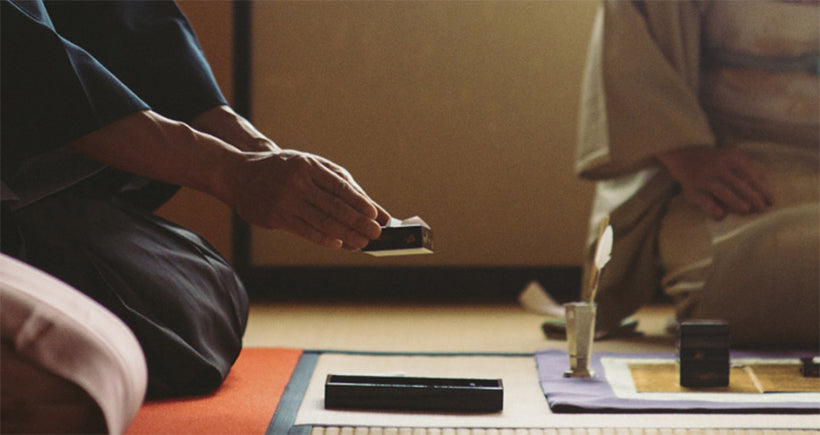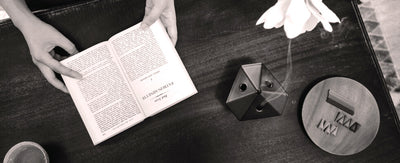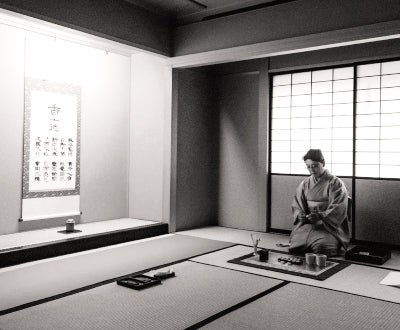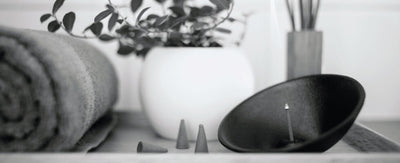EXTRA FINE ASH
This extra fine ash is perfect for use in incense ceremony.
- How to use -
For those wanting the ultimate user experience: please use this product with the incense burner. You also will need Pale Blue Incense Burner, Mica Plate, Incense Ceremony Tools - 7 pc set, Tadon Charcoal, and Wood Chips.
CAUTION:
- Please use this ash only for ceramic or metal incense burners.
- Make sure that any previous burning incense has completely burned out before lighting a new stick. The incense may still be burning inside of the ash.
- This ash is for incense burners. Do not use it for other purposes.
- Ash is not an edible product.
- Keep out of reach of children and pets.











